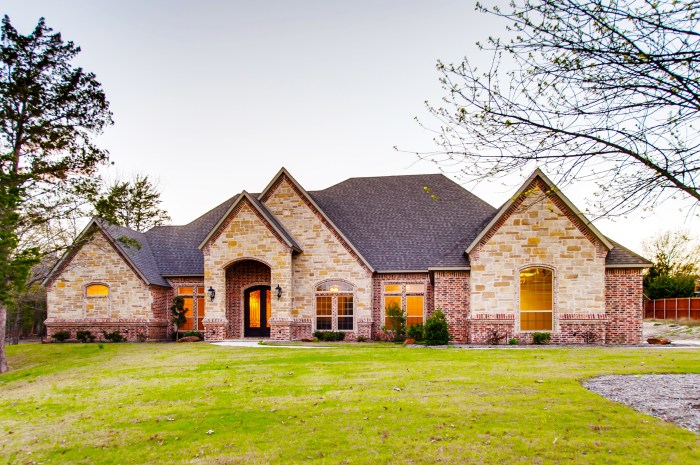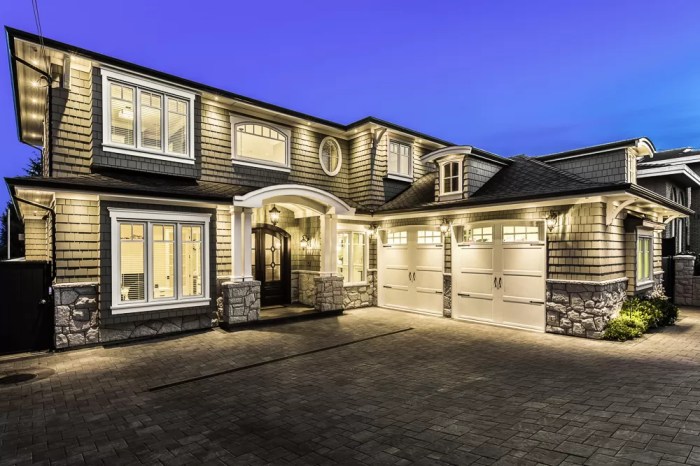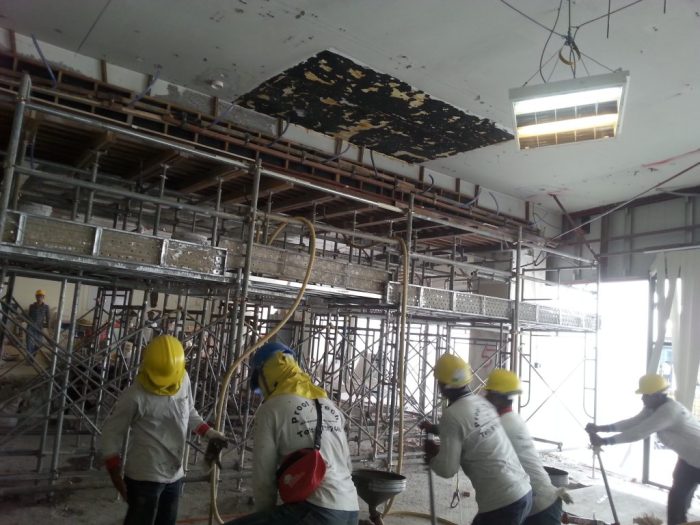Exploring the World of Global Siding and Roofing
Global siding and roofing play a vital role in the construction industry, shaping the landscape of buildings worldwide. From traditional materials to innovative trends, this topic delves into the essence of quality construction elements that define structures.
Overview of Global Siding and Roofing
The global siding and roofing industry has a rich history dating back to ancient civilizations where various materials were used to protect buildings from the elements. Over time, advancements in technology and construction practices have led to the development of a wide range of siding and roofing materials that are used in modern-day construction projects.
Quality siding and roofing are essential components of any construction project as they not only protect the building from weather elements such as rain, wind, and snow but also contribute to the overall aesthetic appeal and energy efficiency of the structure.
Properly installed siding and roofing can enhance the durability and longevity of a building, reducing maintenance costs in the long run.
Key Trends and Innovations in the Global Siding and Roofing Market
- Increasing demand for sustainable and eco-friendly materials such as recycled metal, wood, and composite materials.
- Advancements in technology leading to the development of more durable and energy-efficient roofing and siding materials.
- Rising popularity of modular construction techniques that require innovative siding and roofing solutions for quick and efficient installation.
- Growing focus on smart technology integration in roofing systems for improved safety and monitoring capabilities.
Types of Siding Materials
When it comes to siding materials, there are various options available globally, each with its own set of characteristics, pros, and cons.
Vinyl Siding
Vinyl siding is one of the most popular choices due to its affordability and low maintenance requirements. It comes in a wide range of colors and styles, making it versatile for different architectural designs. However, it may crack or fade over time, and it is not as durable as some other materials.
Fiber Cement Siding
Fiber cement siding is known for its durability and resistance to fire, insects, and rot. It can mimic the look of wood or stucco but requires less maintenance. On the downside, it is heavier and more expensive than vinyl siding.
Wood Siding
Wood siding offers a classic and natural look that many homeowners appreciate. It can be painted or stained in various colors and is environmentally friendly. However, wood siding requires regular maintenance to prevent rot, pests, and warping. It is also more susceptible to fire compared to other materials.
Aluminum Siding
Aluminum siding is lightweight, durable, and resistant to rust and insects. It is a cost-effective option for homeowners looking for a low-maintenance material. On the other hand, aluminum siding can dent easily and may not offer as much insulation as other materials.
Stone Veneer Siding
Stone veneer siding provides a luxurious and high-end appearance to a home. It is durable, fire-resistant, and requires minimal maintenance. However, it is one of the most expensive siding options and may be challenging to install properly.
Brick Siding
Brick siding is a timeless and durable option that can last for generations. It offers excellent insulation properties and is resistant to fire, insects, and rot. The main drawbacks are the high cost of installation and the need for regular mortar maintenance.
Roofing Systems Around the World
Roofing systems vary greatly across different regions of the world, influenced by climate, geography, cultural practices, and available materials. Let's explore some common roofing systems used internationally and how these factors play a role in their design and construction.
Asian Roofing Systems
In Asia, countries like Japan and China often use intricate and curved roof designs known as pagoda roofs. These roofs are not only visually appealing but also serve practical purposes like water drainage in regions with heavy rainfall.
African Roofing Systems
In Africa, thatched roofs made from natural materials like straw, reeds, or palm leaves are commonly used. These roofs are well-suited to hot climates as they provide insulation and ventilation, keeping interiors cool.
European Roofing Systems
European countries like Italy and Spain are known for their terracotta tile roofs. These durable and fire-resistant tiles are ideal for Mediterranean climates, offering protection from both extreme heat and heavy rain.
South American Roofing Systems
In South America, countries like Brazil often use red clay tiles for roofing. These tiles are not only aesthetically pleasing but also provide excellent insulation and are resistant to mold growth in humid tropical climates.
Sustainable Practices in Siding and Roofing
As the global construction industry continues to prioritize sustainability, the siding and roofing sector has also embraced eco-friendly practices to reduce environmental impact. Utilizing sustainable materials and energy-efficient solutions plays a crucial role in creating more environmentally friendly buildings.
Importance of Eco-Friendly Materials
Using eco-friendly materials for siding and roofing not only helps in reducing carbon footprint but also promotes better indoor air quality and reduces energy consumption. Materials such as recycled metal, reclaimed wood, and fiber cement are gaining popularity for their sustainability benefits.
Energy-Efficient Roofing Solutions
Energy-efficient roofing solutions, such as cool roofs and green roofs, help in reducing the heat island effect in urban areas, improving energy efficiency, and lowering heating and cooling costs for buildings. These solutions also contribute to mitigating climate change by reducing greenhouse gas emissions.
Green Certifications and Standards
Various green certifications and standards exist to ensure that siding and roofing products meet specific sustainability criteria. Certifications like LEED (Leadership in Energy and Environmental Design) and Energy Star provide guidelines for environmentally friendly construction practices and help consumers identify products that meet high sustainability standards.
Installation Techniques and Best Practices
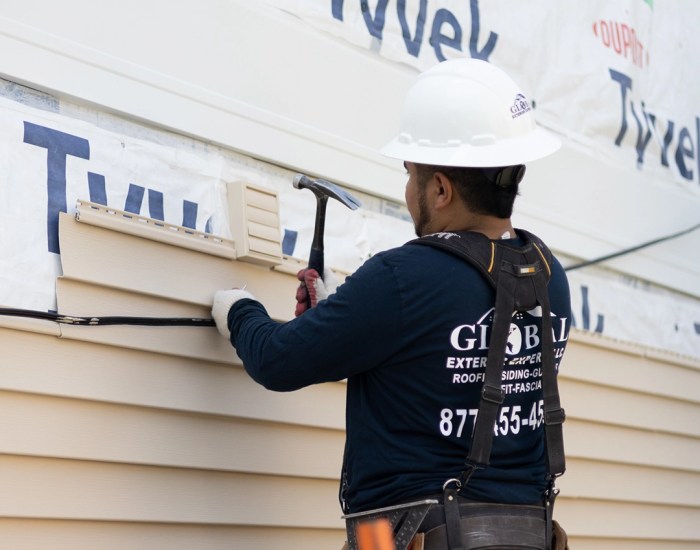
Proper installation techniques and best practices are essential for ensuring the durability and longevity of siding and roofing systems. By following these guidelines, you can maximize the lifespan of your materials and prevent costly repairs in the future.
Best Practices for Installing Siding and Roofing Systems
- Ensure that all materials are properly aligned and securely fastened to prevent shifting or water infiltration.
- Follow manufacturer guidelines for installation to maintain warranty coverage and optimal performance.
- Use high-quality materials and tools to ensure a professional finish and long-lasting results.
- Inspect the substrate for any damage or decay before installing new siding or roofing materials.
Tips for Ensuring Durability and Longevity
- Regularly inspect and clean your siding and roofing to remove debris and prevent moisture buildup.
- Address any repairs or maintenance issues promptly to prevent further damage or deterioration.
- Consider investing in professional inspections and maintenance services to extend the lifespan of your siding and roofing materials.
- Protect your siding and roofing from harsh weather conditions by installing proper ventilation and drainage systems.
The Importance of Proper Maintenance
- Regular maintenance is crucial for extending the lifespan of siding and roofing materials and preventing costly repairs.
- Proper maintenance can help identify potential issues early on and address them before they escalate into major problems.
- By following a regular maintenance schedule, you can ensure that your siding and roofing systems remain in top condition for years to come.
- Consult with professionals for expert advice on maintenance practices and schedules tailored to your specific siding and roofing materials.
Final Thoughts
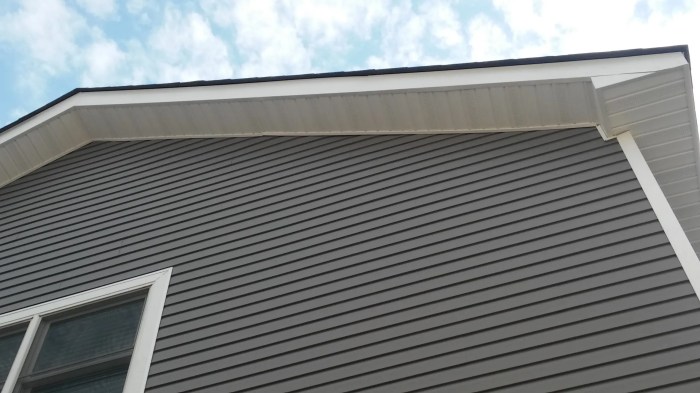
As we conclude our exploration of global siding and roofing, we reflect on the diverse range of materials, systems, and practices that contribute to sustainable and durable construction solutions. The world of siding and roofing continues to evolve, promising exciting developments in the future.
Query Resolution
What are some common roofing systems used internationally?
Common roofing systems globally include flat roofs, pitched roofs, and green roofs, each offering unique benefits based on climate and building design.
How do sustainable practices impact the global siding and roofing industry?
Sustainable practices focus on eco-friendly materials and energy-efficient solutions, promoting durability and environmental responsibility in construction projects.
What are some best practices for installing siding and roofing systems?
Key practices include proper weatherproofing, ensuring adequate ventilation, and following manufacturer guidelines to optimize the longevity and performance of siding and roofing installations.
